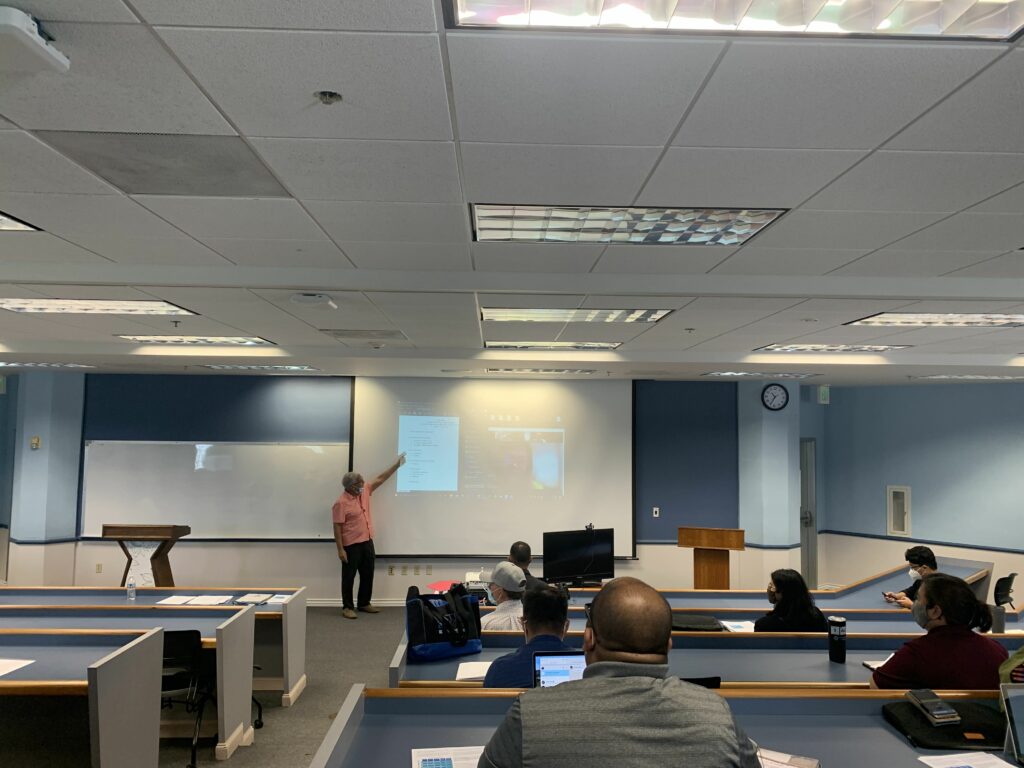
Members of the Guam Science and Technology Steering Committee met on June 29 to discuss ways to bolster the island’s STEM capacity and improve connectivity throughout the Micronesia and the region.
Comprised of 17 members from government, business, and academic communities, the committee oversees the Guam EPSCoR program’s Guam Ecosystems Collaboratorium for Corals and Oceans (GECCO). The committee also oversees the Guam NASA EPSCoR program.
Over the next three to six months, the committee will develop a five-year plan that will focus on achieving five objectives:
- Serve as a state-of-the-art regional research hub for Guam and the region
- Build STEM capacity through education and workforce development
- Support STEM infrastructure and identify opportunities in the public sector for potential economic activity
- Promote increased communication about STEM throughout Micronesia and the region for informed decision making, knowledge sharing, and continuing education
- Create a diversified economy
“The plan is in development, but its purpose is to blend research knowledge and private sector, economic development, and government investment and effort into something that benefits our society,” said Dr. Robert Underwood, President Emeritus of the University of Guam, who serves as the committee’s vice chair. “First, we’re going to have to have some consultation from economic players – people who would inform us about what plans and activities they have in mind so that we’re informed as a committee.”
Melanie Mendiola, the chief executive officer of the Guam Economic Development Authority, and Docomo Pacific President Roderick Boss were elected to serve as the committee’s co-chairs.
Gary Hiles, the chief economist of the Guam Department of Labor, presented information gathered from census data about the categories of STEM employment possibilities and jobs available on Guam. During his presentation, Hiles noted that registered nurses, civil engineers, and computer specialists are the most common STEM occupations on the island.
“Next time, we may hear from someone about the work they’re doing economically or for the military buildup,” said Underwood. “We may want the governor to talk about her vision, or the speaker to get the legislature’s opinion, or someone from the chamber of commerce. In my own mind, I’m trying to figure out how to best secure that input and see how we can benefit from that.”
After Hiles’ presentation, the committee members discussed potential areas of economic and research activities to prioritize such as solid waste issues, application of marine science research, creating a teaching hospital for medical professionals, and cybersecurity development.
At the end of the meeting, the committee members were tasked to indicate which two out of the five objectives they would like to work on. Teams will be organized around the objectives and additional members may be drawn from external sources in the private sector, government, and educational institutions.
The board will meet on a bimonthly basis. The next anticipated meeting will be in August. Guam EPSCoR is funded by the National Science Foundation (NSF).
###


